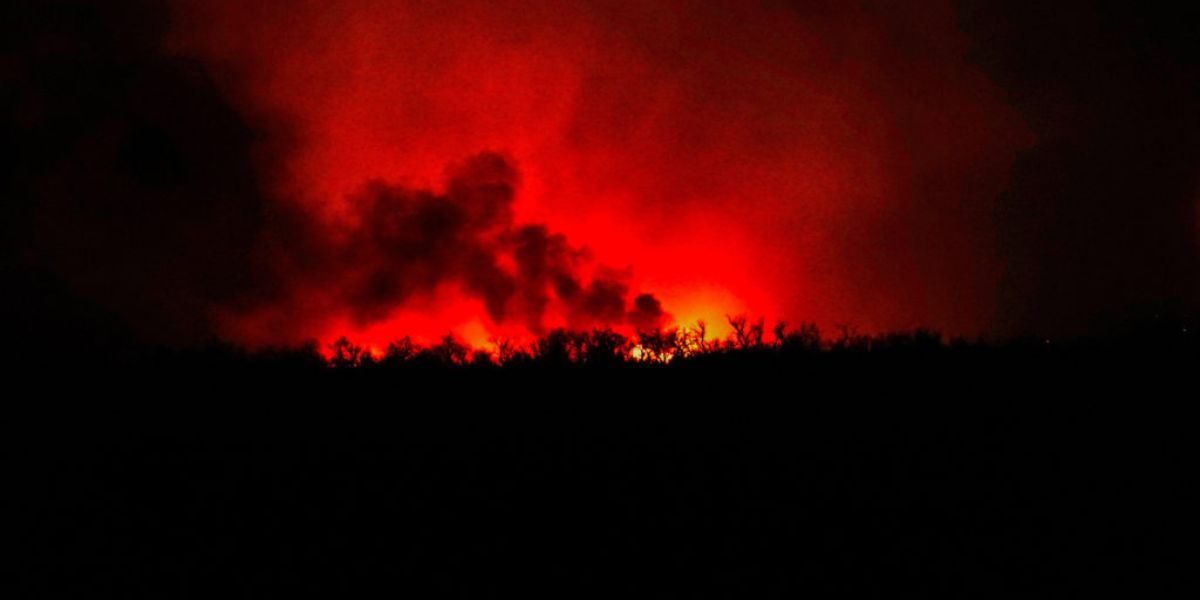
California, once the embodiment of the American Dream, now grapples with a devastating reality where the Golden Dream is threatened by the relentless fury of wildfires. These catastrophic blazes have left an indelible mark on the state’s landscape, economy, and the lives of its people.
In recent years, California has experienced an unprecedented escalation in wildfires. The state’s dry climate, dense vegetation, and increasingly extreme weather patterns have created a perfect storm for these infernos. According to the California Department of Forestry and Fire Protection, the past decade has witnessed a surge in both the frequency and severity of wildfires.
“The scale and intensity of these fires have reached unprecedented levels,” states Cal Fire Director Thom Porter. “We are seeing fires that are burning faster, hotter, and with greater unpredictability.”
The consequences of these wildfires have been devastating. Entire communities have been reduced to ashes, thousands of homes and businesses destroyed, and countless lives lost. In 2020 alone, California wildfires scorched over 4.2 million acres, claimed the lives of 31 people, and caused an estimated $14.5 billion in property damage.
Moreover, wildfires have forced hundreds of thousands of residents to evacuate their homes. Many have become displaced for months or even years, struggling to rebuild their lives amidst the trauma and uncertainty.
The economic impact of wildfires in California is also staggering. The direct costs of fire suppression and property damage alone run into billions of dollars. Beyond that, wildfires disrupt businesses, damage critical infrastructure, and have long-term consequences for tourism and economic development.
“Wildfires are a major threat to California’s economy,” says Dr. Jeffrey Mount, a professor at the University of California, Davis. “They can destroy valuable natural resources, disrupt supply chains, and create a climate of uncertainty that discourages investment.”
The complexities of California’s wildfire crisis have sparked diverse perspectives and a range of proposed solutions:
- Increased Fire Prevention: Some advocate for more stringent fire prevention measures, including controlled burns to reduce fuel buildup and building codes that mandate fire-resistant construction.
- Managing Vegetation: Others emphasize the importance of managing vegetation, removing dead trees, and creating fuel breaks to minimize fire spread.
- Climate Change Mitigation: Climate change is a significant contributing factor to the increasing frequency and severity of wildfires. Reducing greenhouse gas emissions through renewable energy and other measures can help mitigate this problem.
- Improved Emergency Response: Enhancing emergency response capabilities is crucial to save lives and protect property during wildfires. This includes strengthening firefighting capacity, improving evacuation plans, and investing in early warning systems.
California’s Golden Dream is at a crossroads due to the raging wildfires that have engulfed the state. These devastating blazes have destroyed lives, property, and livelihoods, while also posing a significant economic and environmental threat.
Addressing this crisis requires a multifaceted approach that encompasses fire prevention, vegetation management, climate change mitigation, and improved emergency response. Only through a concerted effort, can California protect the lives of its residents, rebuild its communities, and preserve the Golden Dream that has drawn millions to its shores.
“The wildfires have tested the limits of our resilience,” reflects Governor Gavin Newsom. “But they have also shown us that we must come together, innovate, and create a new future for California—one where the Golden Dream can thrive despite these challenges.”



